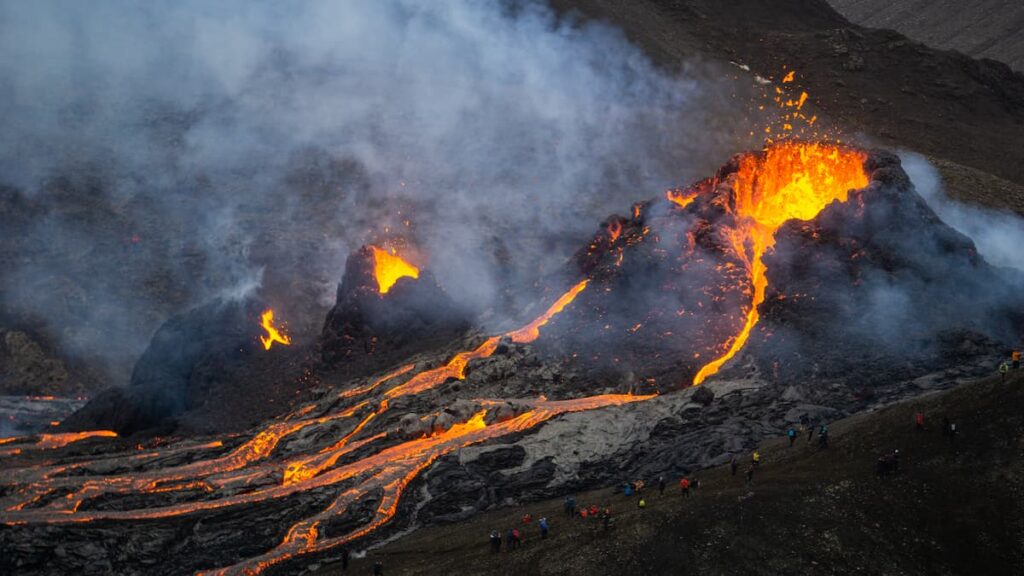A New Era in Volcanic Forecasting
For decades, scientists have tried to unlock the secrets of volcanic activity buried deep beneath the Earth’s surface. While direct exploration of these depths remains impossible, new research is transforming our understanding of how and where the most catastrophic eruptions might begin. A team of researchers from France and Australia has identified a pattern in volcanic history that could be crucial for predicting the next major eruption.
Their study, based on more than 300 million years of geological data, points to the presence of massive underground formations known as mantle plumes. These are columns of superheated rock and gas that rise slowly from the deep mantle toward the Earth’s crust. The findings suggest that these plumes are directly responsible for some of the most violent eruptions in Earth’s history—and could help identify where the next ones will occur.
What Lies Beneath: The Role of Mantle Plumes
Mantle plumes are not a new concept in geology, but this study provides the strongest evidence yet of their importance in triggering surface eruptions. These hot blobs of magma build pressure as they ascend, eventually breaching the crust and erupting with immense force. Researchers mapped hundreds of eruption events across geological eras and matched them to simulations of the Earth’s internal structure. The results were striking: the vast majority of these events were located directly above known plume channels.
The study focused particularly on two high-risk zones: the region beneath Africa and the Pacific Ocean. These areas show a high concentration of plume activity and have historically hosted powerful volcanic events. The researchers observed that the average distance between modeled plume locations and eruption sites was far smaller than what would occur randomly. This strongly indicates a cause-and-effect relationship between deep mantle processes and surface-level disasters.
How This Changes Risk Assessment
The practical implications of these findings are significant. If scientists can now trace where mantle plumes are forming and moving, they could identify regions of elevated volcanic risk long before any surface signs appear. This could drastically improve the ability of governments and emergency agencies to prepare for possible supervolcanic events.
Until now, eruption forecasting relied heavily on surface indicators like tremors or gas emissions. While useful, these signs often appear only days or weeks before an eruption, limiting the time available for evacuation or disaster planning. In contrast, tracking plume activity could offer warning windows of years, perhaps even decades. Such a breakthrough would not only protect lives but also reduce the economic impact of volcanic disasters.
Seeing the Invisible: A Technological Challenge
Because no instrument can penetrate thousands of kilometers into the Earth’s mantle, the researchers turned to high-resolution simulations and global seismic data. By analyzing how seismic waves travel through different materials underground, scientists can reconstruct a rough map of the planet’s internal layers. These models were then used to locate historical eruption sites in relation to mantle plumes.
The consistency of results across different simulation methods gives weight to the study’s conclusions. While the research doesn’t offer a precise eruption timeline, it brings the scientific community one step closer to a long-term forecasting system. This is especially important in an era where urban expansion and population growth increase the potential human cost of natural disasters.
The discovery of a consistent pattern between deep mantle plumes and surface eruptions could revolutionize volcanic forecasting. By focusing attention on regions like Africa and the Pacific, where these plumes are most active, scientists may be able to offer earlier and more accurate warnings of impending eruptions. Though challenges remain in observing the Earth’s interior directly, this research opens new possibilities for disaster preparedness and global safety. It marks a turning point in how humanity understands and anticipates one of nature’s most powerful forces.



